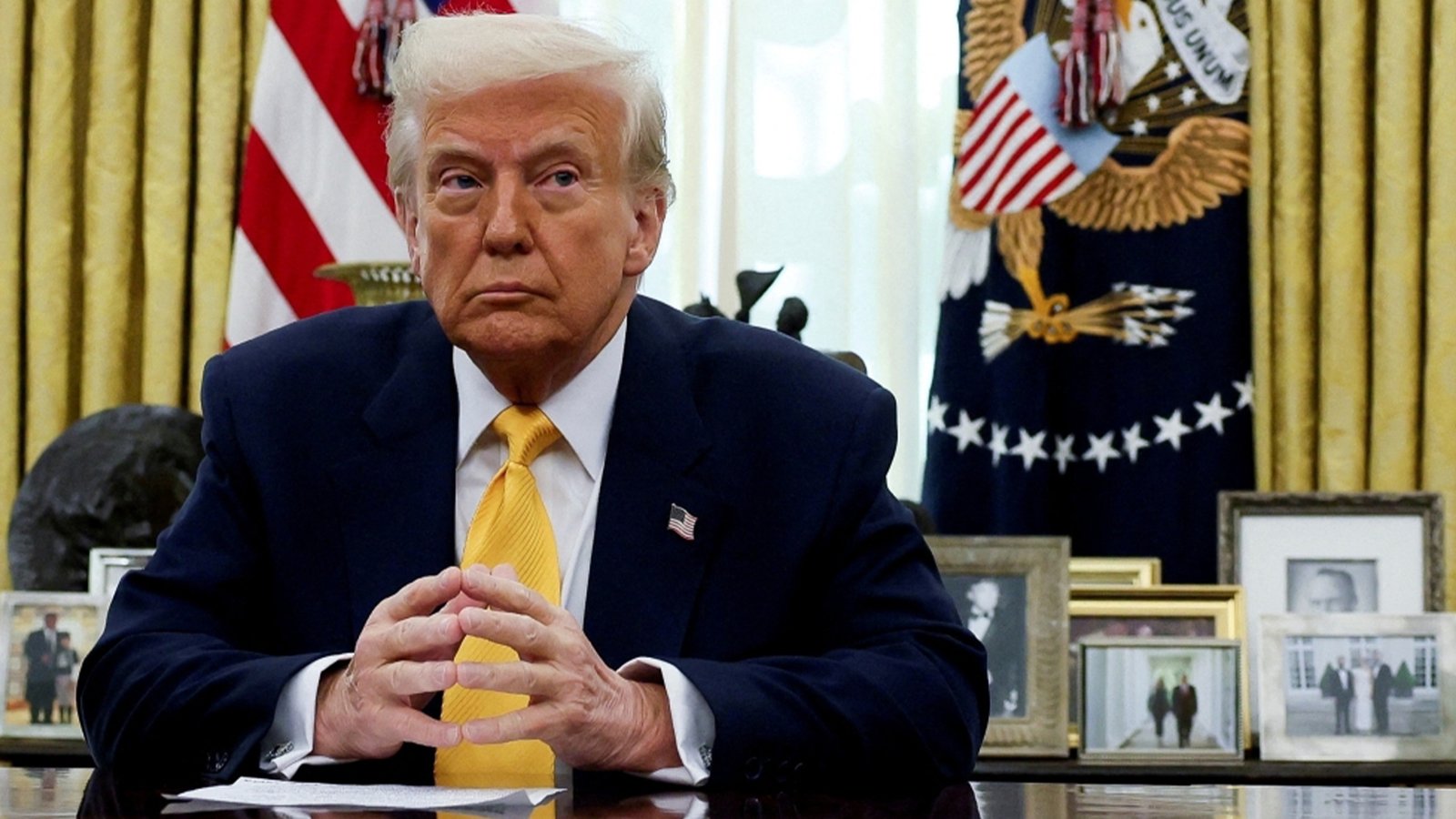Scenario 1: Trump’s Comeback and Revamped China Strategy
In this series, we explore key geopolitical scenarios and their impact on the world and Pakistan’s future. Beginning with Donald Trump’s return and his policy to isolate China, we analyze shifting alliances, conflicts, and economic changes. Each scenario identifies Pakistan’s challenges and opportunities, aiming to chart a secure path for economic strength and leadership in the Islamic world amidst global transformations.
The global balance of power undergoes a seismic shift as alliances realign amidst escalating geopolitical tensions. Donald Trump’s return to power accelerates the U.S. pivot towards isolating China, forging a pragmatic alliance with Russia and reducing commitments to Europe. This leaves NATO fractured, while China, in response, strengthens its partnerships with Iran, Pakistan, and North Korea to form a counterbalancing bloc. The Middle East, long dominated by U.S. influence, polarizes further, with a pro-U.S. coalition led by Israel, UAE, and initially Saudi Arabia, countered by an emerging China-Iran axis.
Recent developments signal a significant shift in this equation. Saudi Arabia, historically a cornerstone of U.S. influence in the region, begins distancing itself from Washington, pivoting toward China and Iran. The two former rivals hold military exercises in a groundbreaking move, facilitated by Chinese diplomacy. This rapprochement undermines the Abraham Accords, weakening Israel’s regional coalition and forcing a recalibration of alliances. Turkey capitalizes on this instability, positioning itself as a mediator while expanding influence in Palestinian territories and Central Asia.
For Pakistan, these changes offer both opportunities and risks. Saudi-Iran cooperation aligned with China strengthens Pakistan’s regional bloc, reducing reliance on traditional Gulf ties while enhancing strategic projects like the Iran-Pakistan gas pipeline. However, this alignment requires delicate diplomacy to avoid alienating Gulf states like the UAE, which remain wary of Iran. Domestically, Pakistan’s consistent anti-Israel stance resonates with public sentiment, bridging sectarian divides but requiring vigilance against spillovers from Middle East tensions.
Globally, Saudi Arabia’s pivot accelerates the decline of U.S. dominance in the region. The growing China-Iran-Saudi axis challenges the petrodollar by increasing oil trade in yuan, shifting economic power eastward. The U.S. and Europe, grappling with a weakened Middle East foothold, double down on countering China in the Indo-Pacific while facing energy market volatility. Pakistan emerges as a key player, navigating between its strategic ties with China and its historical relationships with Gulf nations. Its role as a potential mediator in the Middle East positions it as an influential, albeit cautious, actor in this rapidly transforming world order.
In the next scenario, we will explore the implications of Saudi Arabia openly siding with the US-Israel axis. This shift would have profound consequences for Middle East dynamics, global geopolitics, and Pakistan’s strategic positioning. We will analyze how this alignment could affect regional alliances, economic stability, and the broader Islamic world’s unity, while evaluating the challenges and opportunities it presents for Pakistan in navigating this complex landscape.
The possibility of Saudi Arabia aligning openly with the US-Israel axis marks a significant shift in Middle Eastern geopolitics, reshaping alliances and intensifying regional tensions. Such a move would solidify the US-Israel-Gulf coalition, enhancing military and economic cooperation among these powers while isolating Iran.
This alignment, bolstered by advanced weaponry and intelligence sharing, would further marginalize Iran’s influence in the region, escalating conflicts in Yemen, Syria, and Lebanon. The Abraham Accords would gain unprecedented momentum, with Saudi Arabia’s inclusion legitimizing Israel’s security position and encouraging deeper cooperation across the Gulf states.
However, this transformation would have profound consequences for Islamic unity. Saudi Arabia’s alliance with Israel would alienate many Muslim-majority nations, particularly those with strong pro-Palestinian sentiments like Turkey, Malaysia, and Pakistan. The Organization of Islamic Cooperation (OIC) would likely see internal fractures, with Riyadh facing criticism for perceived abandonment of the Palestinian cause. Public opposition in Muslim nations would intensify, potentially undermining Saudi Arabia’s leadership within the Islamic world.
Globally, this alignment would reinforce US dominance in the Middle East, stabilizing the petrodollar system and ensuring energy security for the West. Yet, it could provoke China and Russia to strengthen their partnerships with Iran and other estranged Gulf states like Qatar, further polarizing the region.
Energy markets would become volatile, with potential disruptions in the Strait of Hormuz—responsible for 20% of global oil shipments—exacerbating economic instability worldwide. The competition between these blocs could also lead to new trade and security arrangements, shifting the balance of power eastward.
For Pakistan, the implications of such a shift would be complex. Saudi Arabia and the UAE, key sources of remittances amounting to $31 billion annually, are vital for Pakistan’s economy. Open criticism of Saudi policies could strain these economic ties, creating financial challenges for Islamabad. At the same time, Pakistan’s domestic population, strongly pro-Palestinian, would oppose any perceived compromise on the issue. Balancing these competing interests would require a nuanced approach.
Also read this: The Abraham Accords And Their Impact On Palestinian Hopes
Pakistan’s role as a mediator could become critical in such a scenario. With historical ties to both Saudi Arabia and Iran, Islamabad is well-positioned to promote dialogue and reduce regional tensions. Strengthening its alliances with Turkey, Iran, and Malaysia could help Pakistan offset the economic risks of distancing from Gulf states. Furthermore, economic diversification through deeper ties with China and Central Asian countries would provide greater stability and reduce reliance on Gulf aid.
Saudi Arabia’s alignment with the US-Israel axis presents both challenges and opportunities for Pakistan. By maintaining strategic neutrality, deepening alternative alliances, and advocating for Islamic unity, Pakistan can navigate these shifts effectively. As the Middle East undergoes this transformation, Islamabad’s ability to balance its domestic and international priorities will be crucial in ensuring its economic and political stability while preserving its leadership role within the Islamic world.











